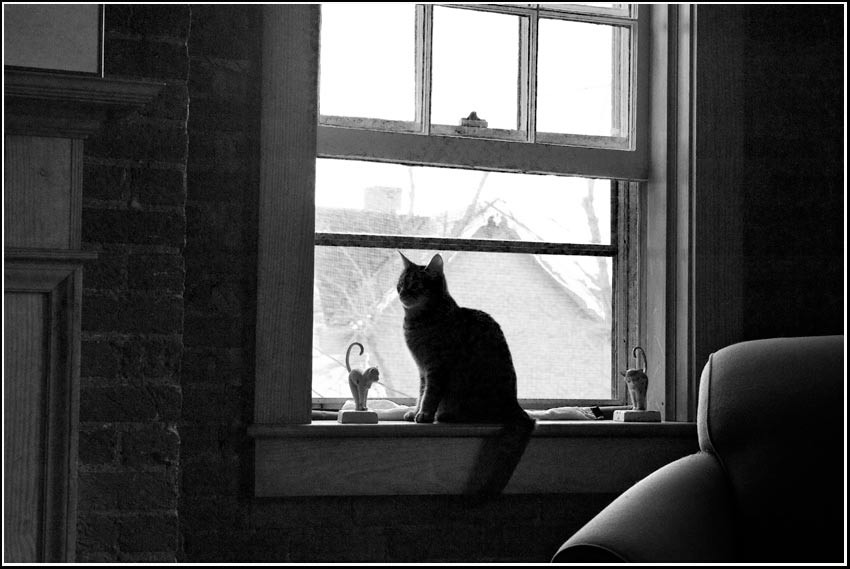
The Michie-Morris House is named for its initial owner, Hay Watson Michie, who built the house in 1898. Michie was the wife of G. R. B. Michie, an investor in the Locust Grove Investment Company, and purchased the property before the area was platted by the development company. After the Michies moved to The Farm in 1909, they sold this house to the Morris family.
Hammock

Justice Haden of Belmont.
Hammocks were developed by native inhabitants of Mexico for sleeping. Later, they were used aboard ships by sailors to enable comfort and maximize available space, and by explorers or soldiers traveling in wooded regions. Today they are popular around the world for relaxation; they are also used as a lightweight bed on camping trips. The hammock is often seen as symbol of summer, leisure, relaxation and simple, easy living.–Wikipedia
day of rest
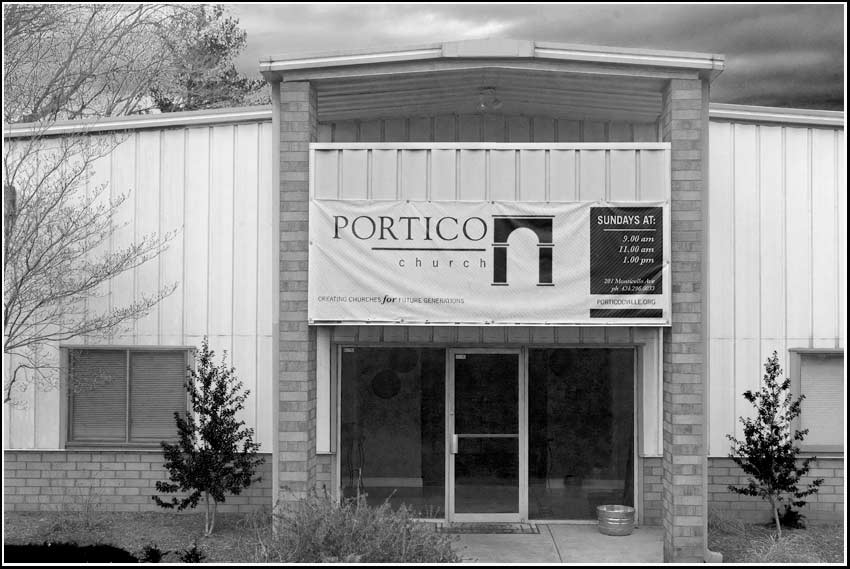
“Again, I tell you that if two of you on earth agree about anything you ask for, it will be done for you by my Father in heaven. For where two or three come together in my name, there am I with them.”–Matthew 18:19-20
Pollard
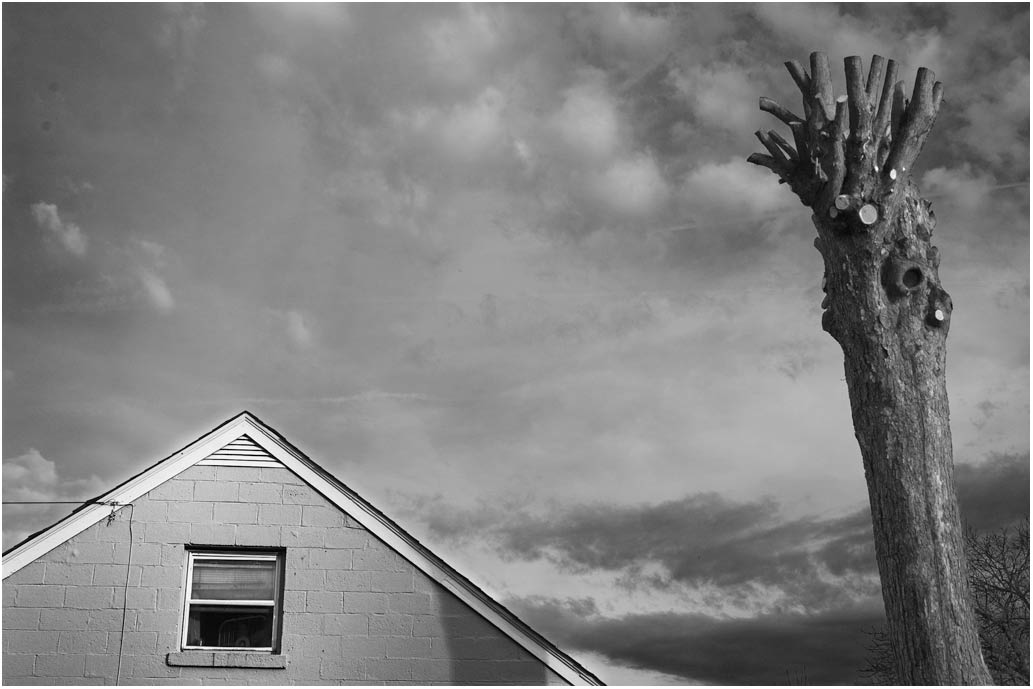
One consequence of pollarding is that pollarded trees tend to live longer than unpollarded specimens because they are maintained in a partially juvenile state, and they do not have the weight and windage of the top part of the tree.–Wikipedia
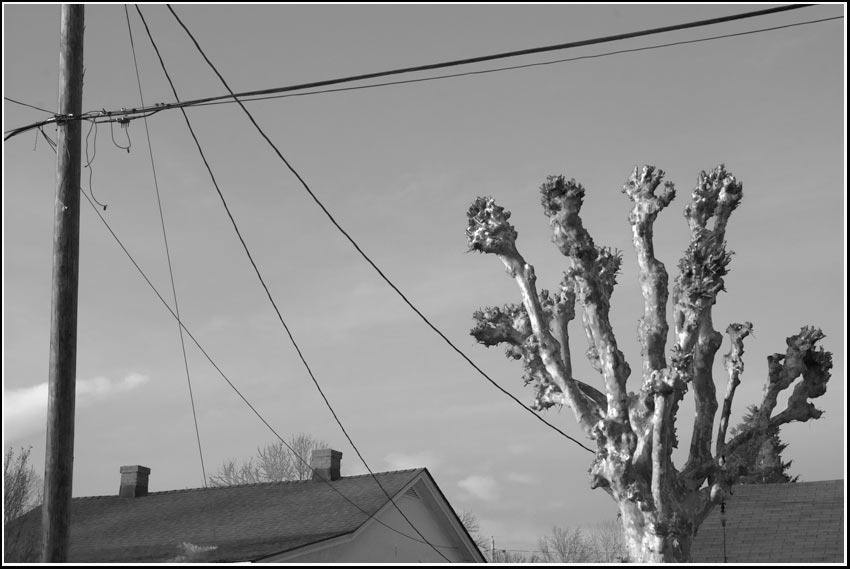
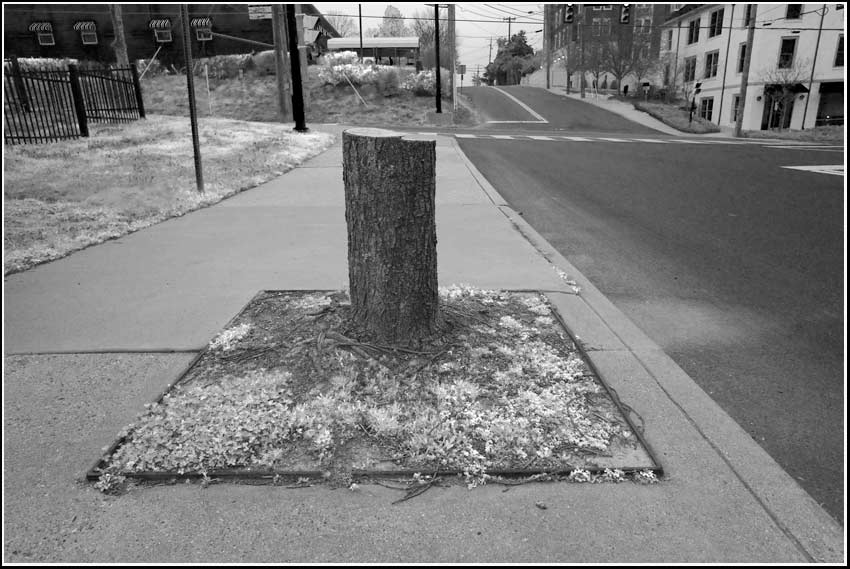
Pollards cut at only about a metre or so above the ground are called stubs (or stubbs). These were often used as markers in coppice or other woodland. Stubs cannot be used where the trees are browsed by animals, as the regrowing shoots are below the browse line.–Wikipedia
whois
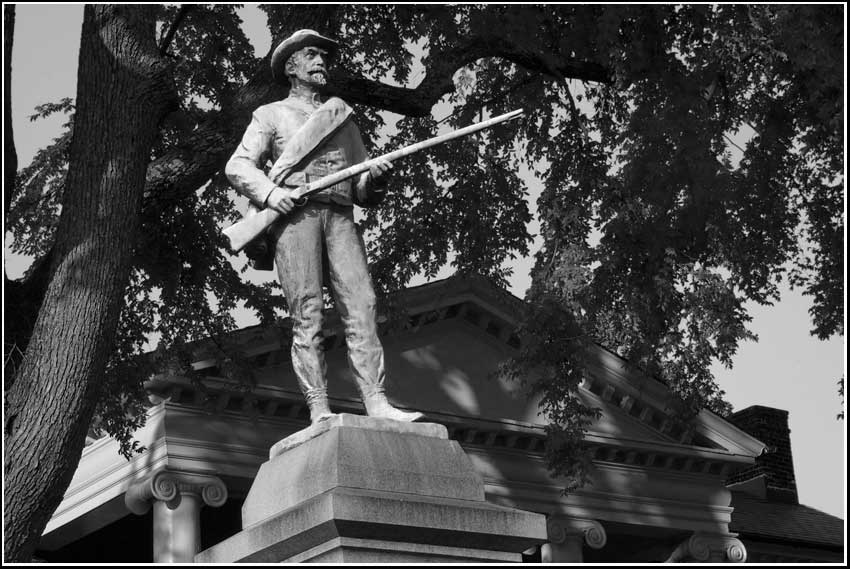
Who is this guy? Was there an outlet, a manufacturer of glorious cause statues in the US at the turn of the century? What kind of rifle? Is he in uniform? Who paid for the statue? How much?
reenactors

Our City is celebrating its 250th anniversary this year. That is put into perspective when one sees a 30th generation Japanese rice farmer displaced from ancestral fields by the Fukushima Daiichi nuclear melt.
We don’t have that sort of multi-generational continuity here. We don’t have any 250 year old trees, people get impatient and cut the big ones down. We do have a nuke-u-lar plant the next county over. We care for the parts of our history that don’t interfere with the seamless operation of automobiles.
We are sensitive revisionists, we ask “is the military statuary appropriate?”
We remake the place. We remove the parts that offend. Then we apologize.
John
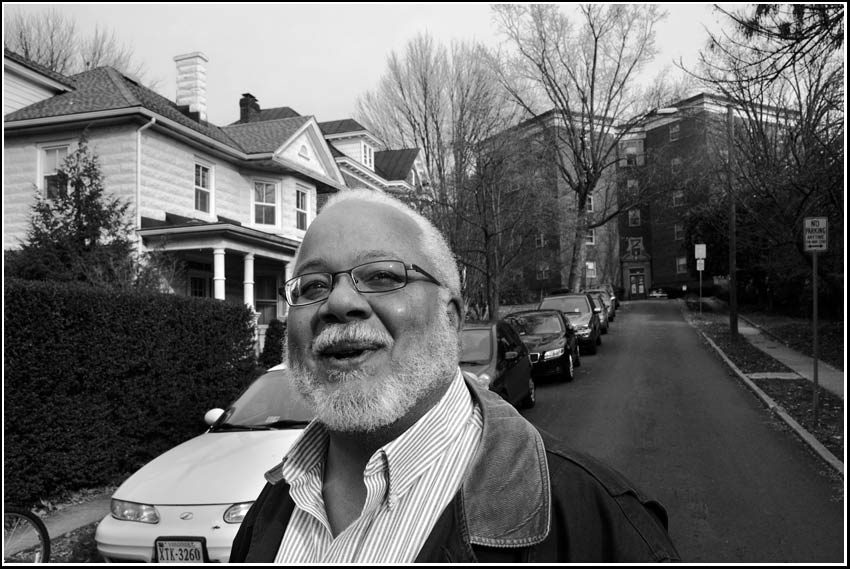 Local photographer/professor/writer John Mason posted an informative piece:
Local photographer/professor/writer John Mason posted an informative piece:
“tracing the geneology of stereotypical images — especially photographs — of African suffering, victimhood, and brutality, from the anti-slavery movement of 200 years ago to the blindspots and hubris of Invisible Children.”–JEM
Move in

There are a vast number of residential properties around the former Martha Jefferson hospital that were upzoned to B-1. The houses had their yards paved, their trees cut down and their souls replaced by medical tradespeople.
What will be the fate of all those houses?
Some of the houses fared better than others, the trees stayed, the asphalt stayed away. They still feel like residential properties. This man was moving into one of them. Urban pioneer. Eyes on the street. Will the residential life of this neighborhood return?
what remains
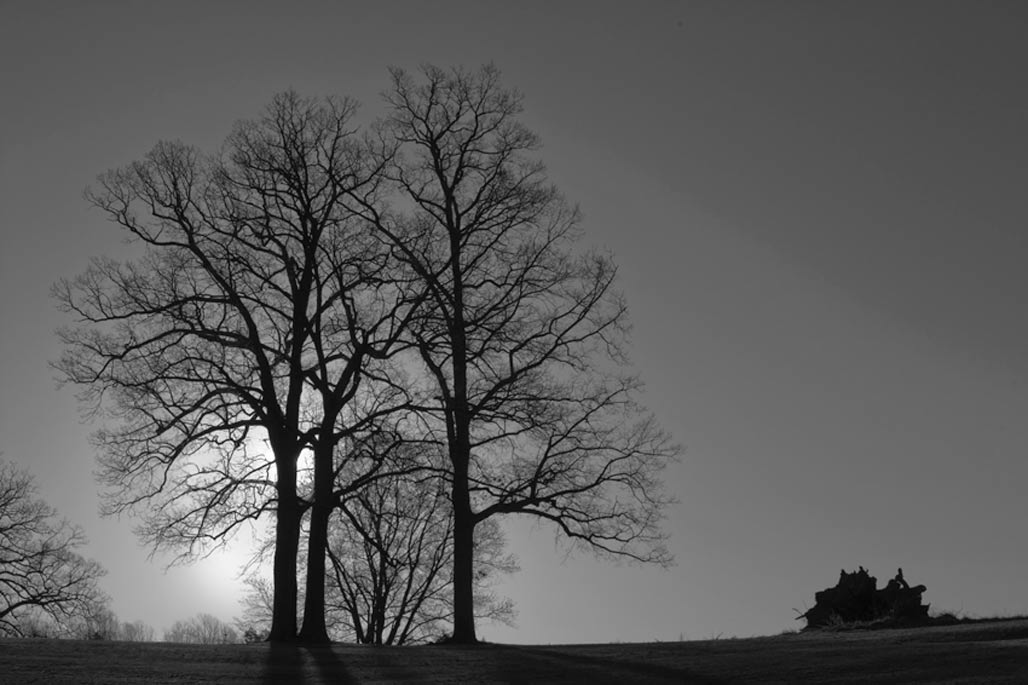
oaks, east McIntire
Felis catus
